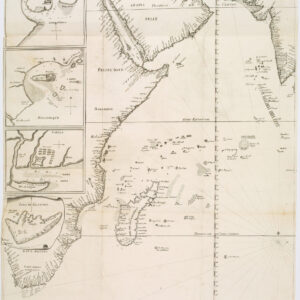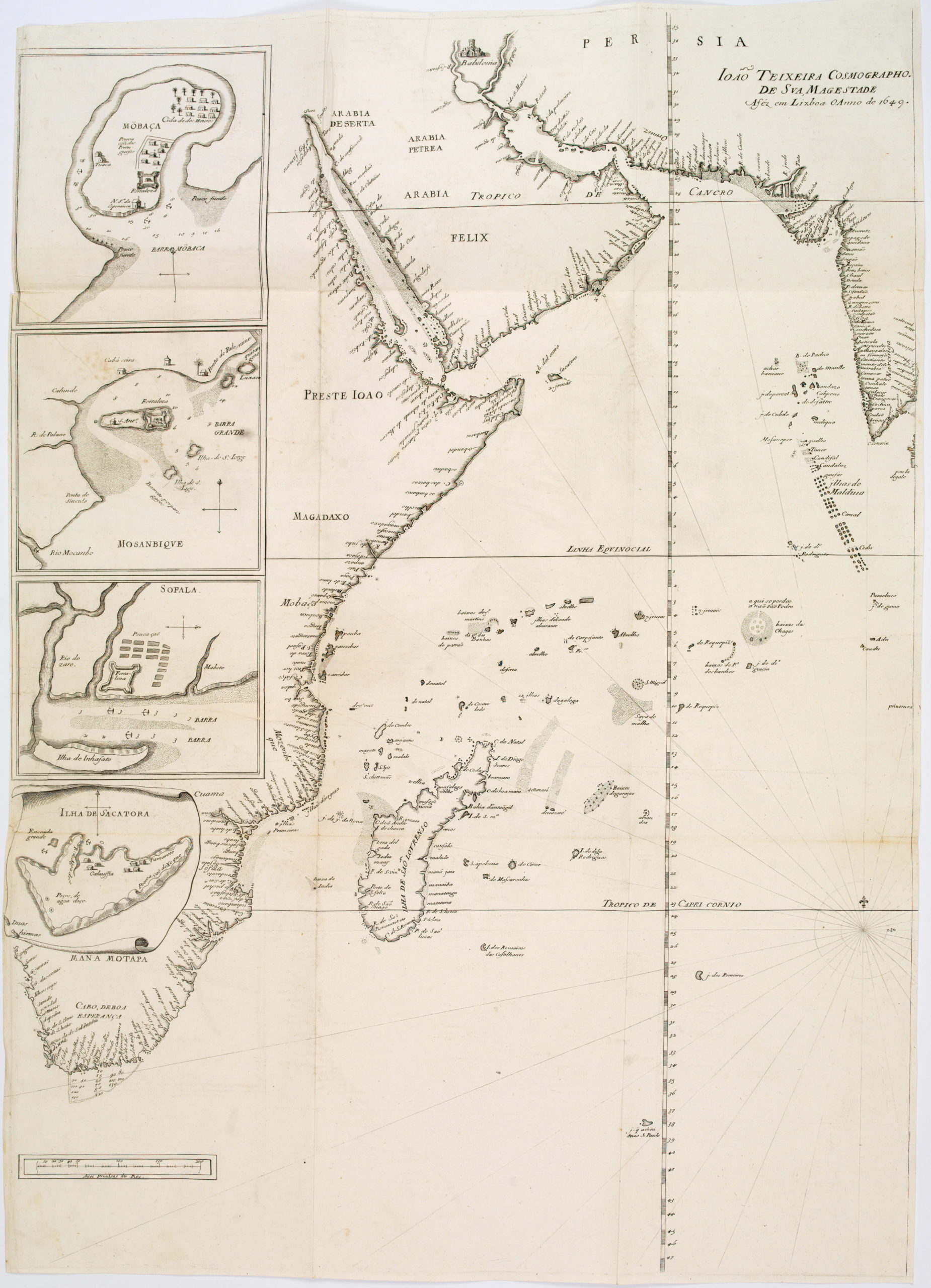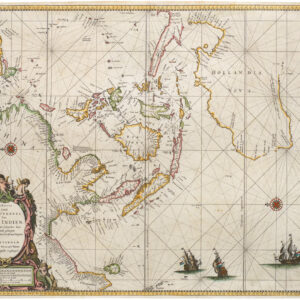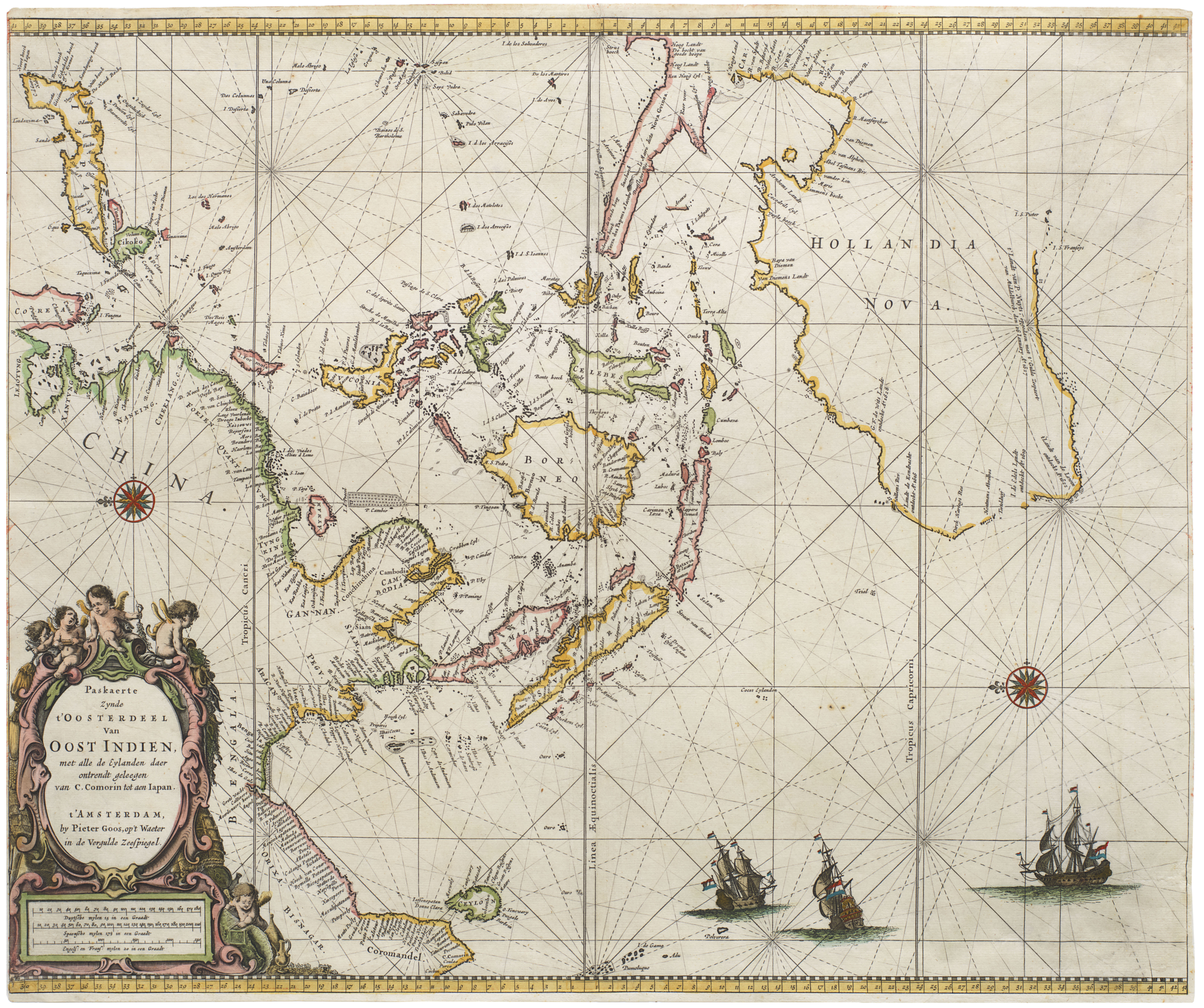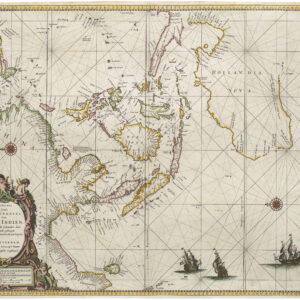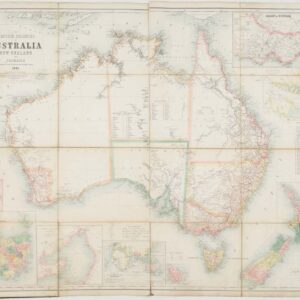Asia in the early stages of rapid transformation.
Asia.
Out of stock
Description
This lovely 1850 map of Asia outlined in hand color appeared in William and Alexander Keith Johnston’s The national atlas of historical, commercial, and political geography.
The Indian subcontinent displays the holdings of the East India Company, outlined in pink, and various ‘princely states;’ the Indian Mutiny seven years later would alter these arrangements and institute the British Raj. The Chinese Empire, ruled by the Qing Dynasty, is represented as divided into China Proper and the sparsely populated outlying regions: Tibet, Mongolia, Manchuria, and Chinese Turkestan (here as ‘Soongaria or Thian-shan-pe-lu’), along with Qing protectorate of Joseon Korea. By this time, China had already suffered defeat in the First Opium War, which forced it to cede Hong Kong Island to the British, amid other concessions.
The Kingdom of Siam, seen here near its greatest extent, reluctantly offered similar concessions to the British and other Western countries. In the following years, similar measures would be forced on Japan, and French influence in Southeast Asia would expand from a base in Cochinchina. Over the same period, Central Asia, a grouping of khanates and emirates, would be gradually incorporated by the Russian Empire.
Cartographer(s):
William and Alexander Keith Johnston were Scottish brothers based in Edinburgh who operated a prominent map engraving and printing business in the mid-19th century. A.K. Johnston was the driving force behind the business and remained in the world of cartography throughout his life, while William later entered politics, serving as the Lord Provost of Edinburgh and being knighted for his service. Johnston’s maps and atlases earned high praise for their accuracy and comprehensiveness (A.K. Johnston was strongly influenced by Alexander von Humboldt).
Condition Description
Very good. Toning along edges. Light foxing on verso.
References
